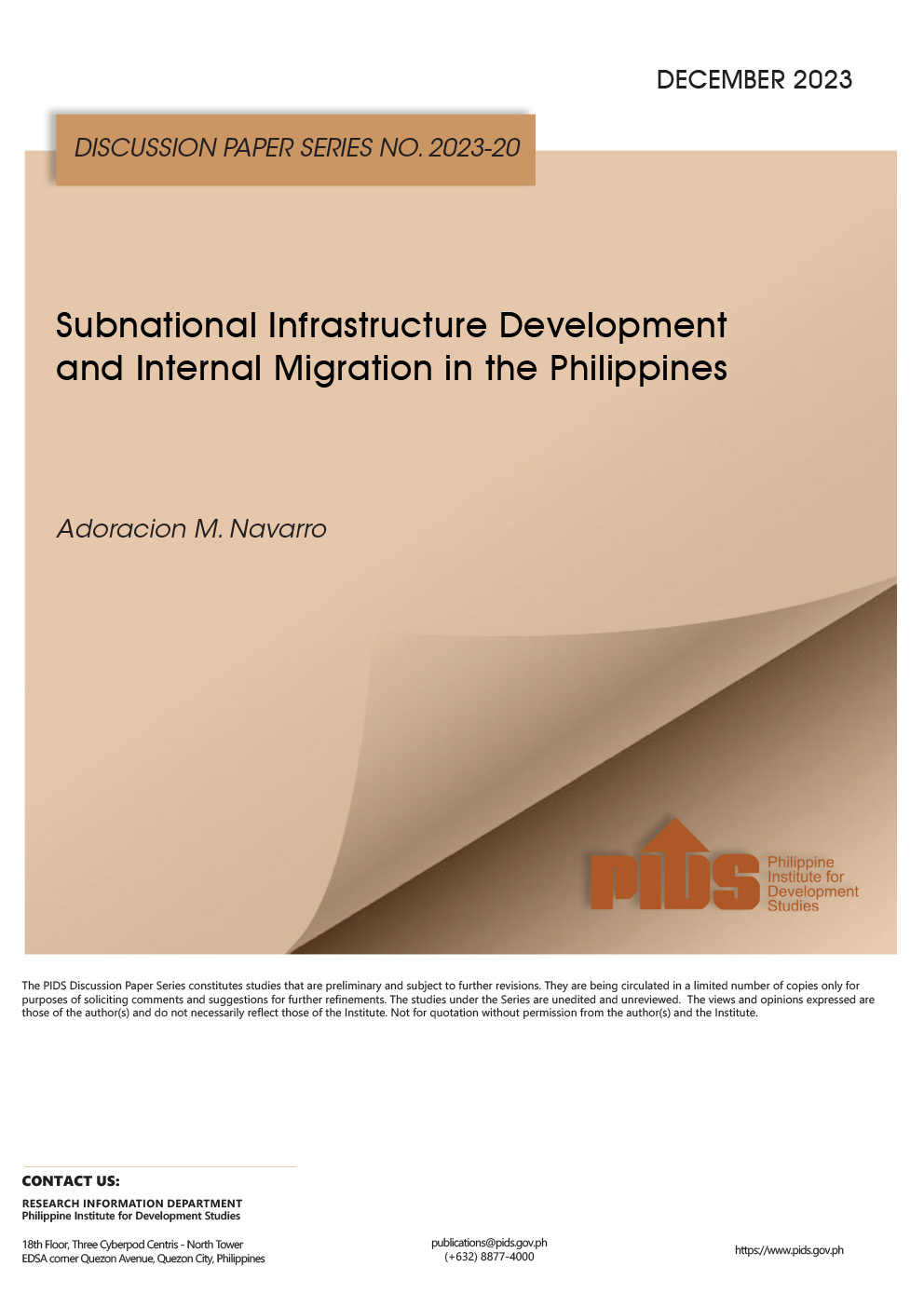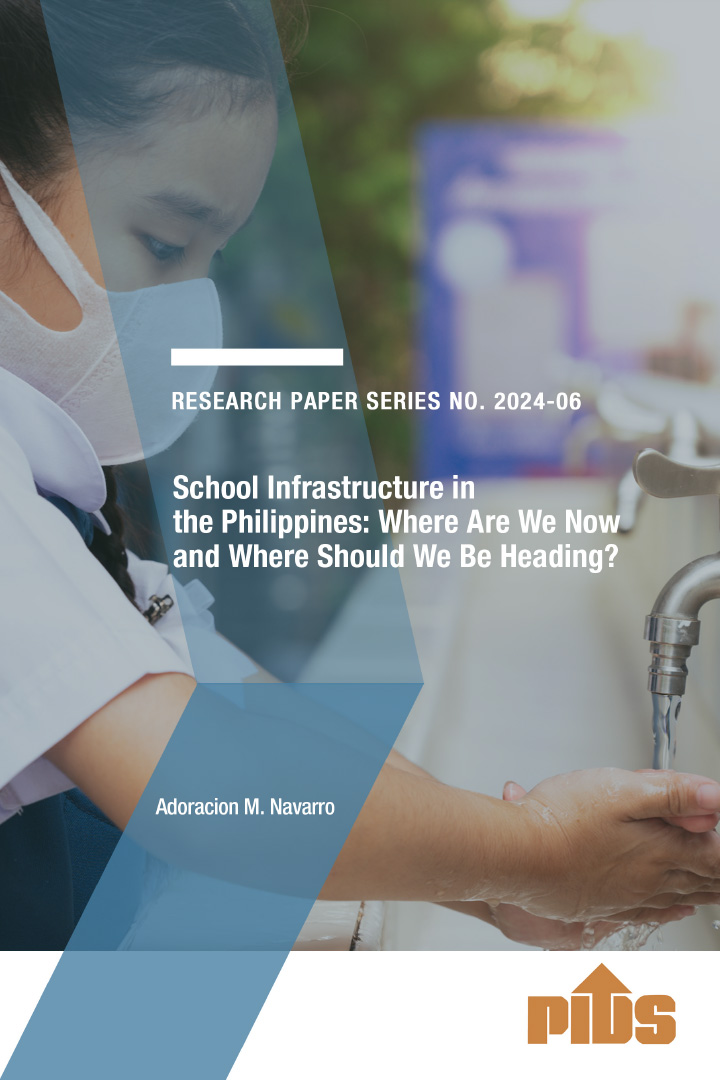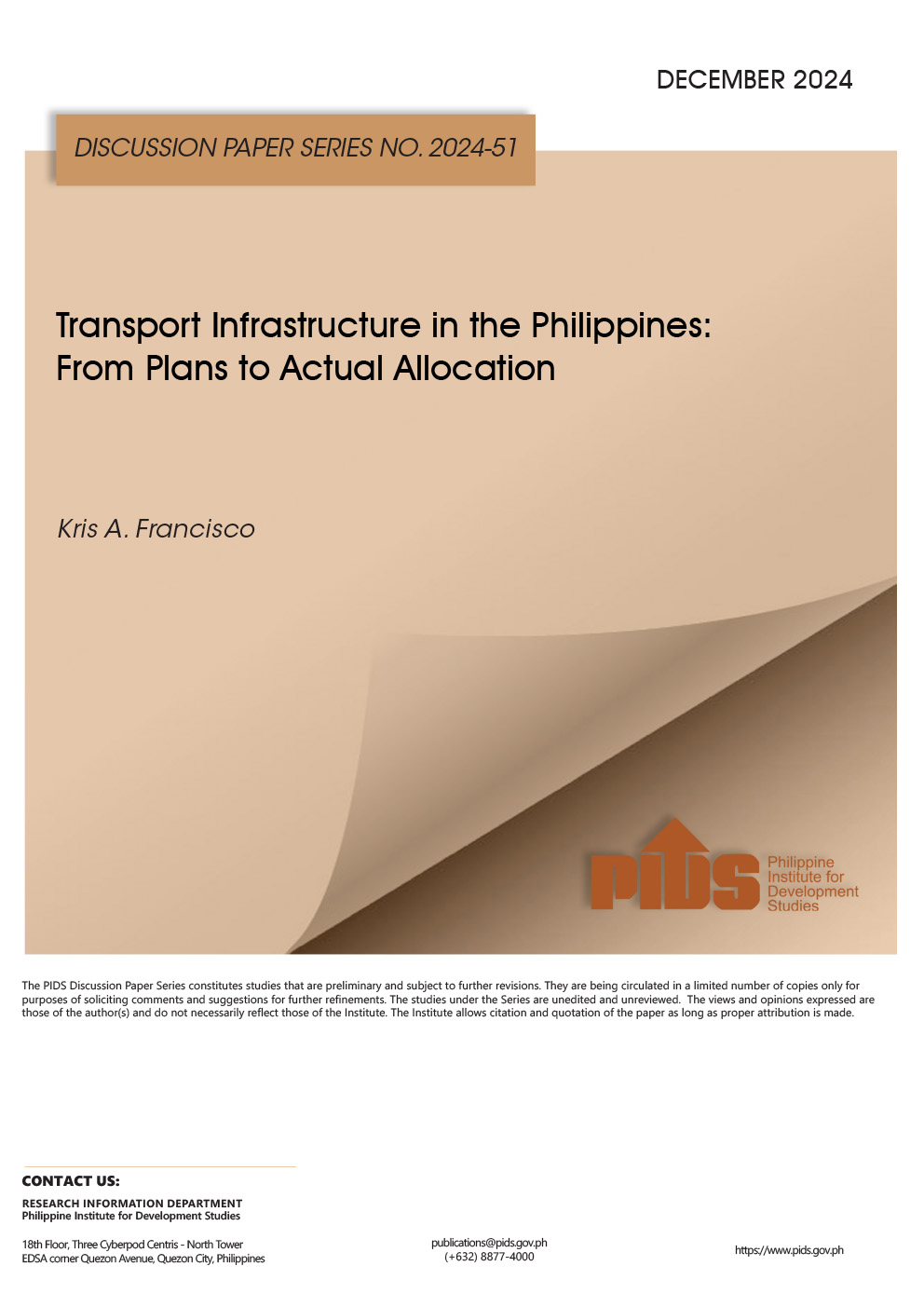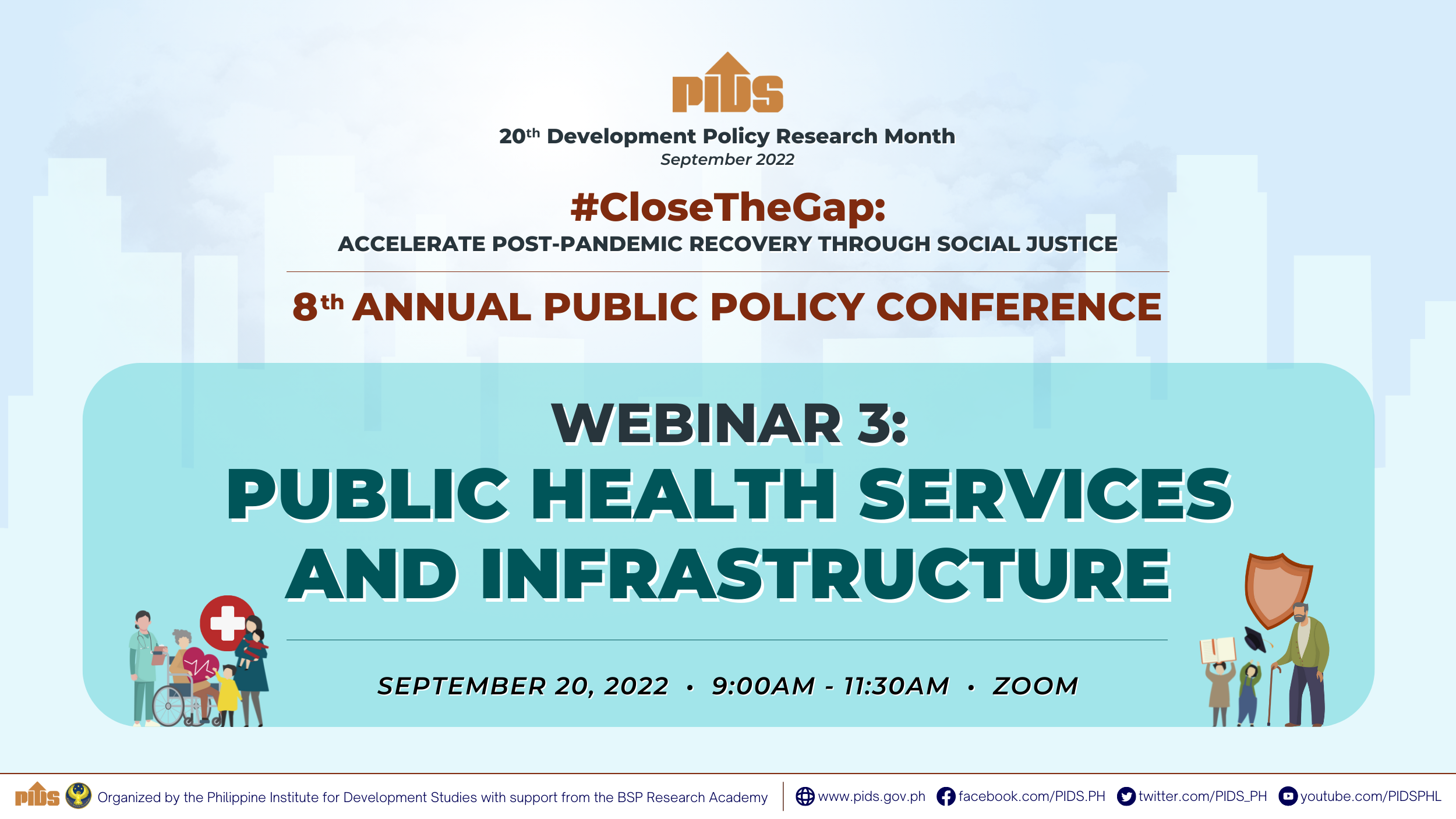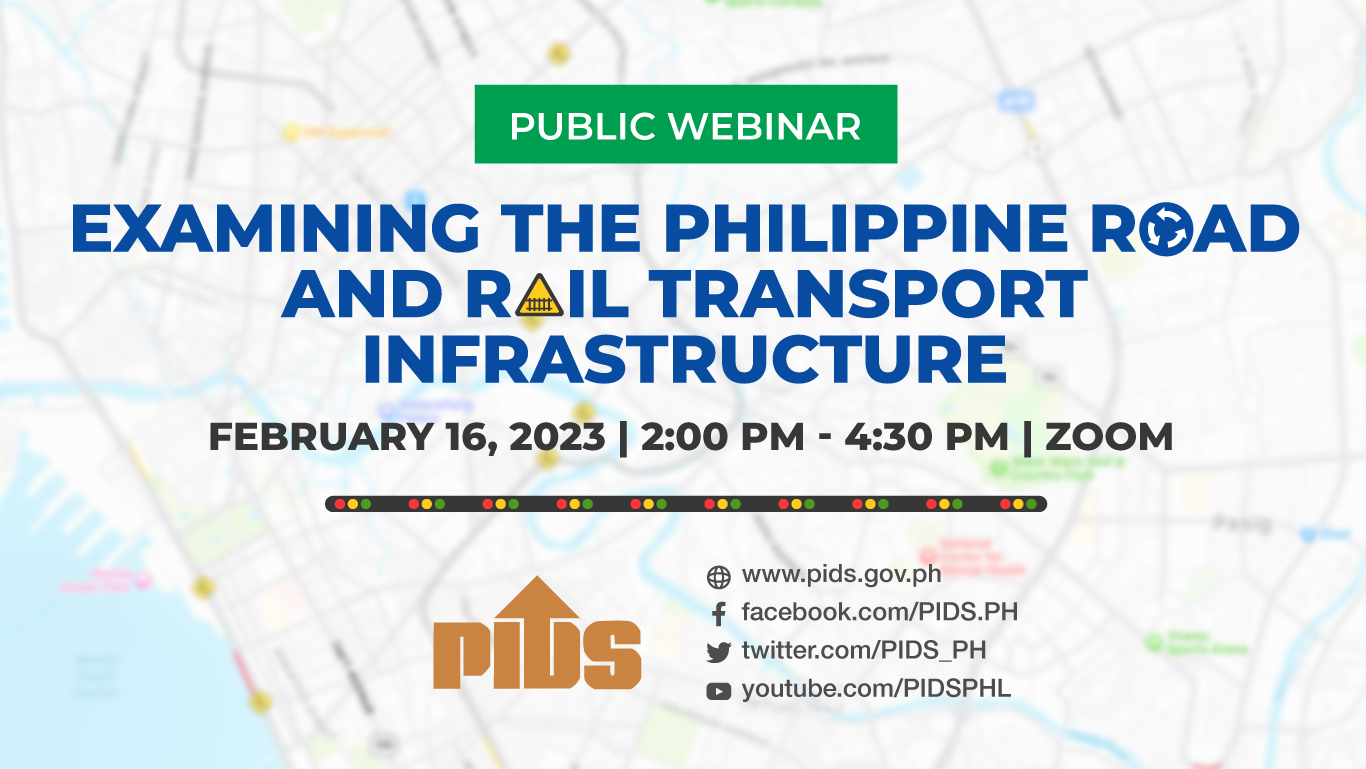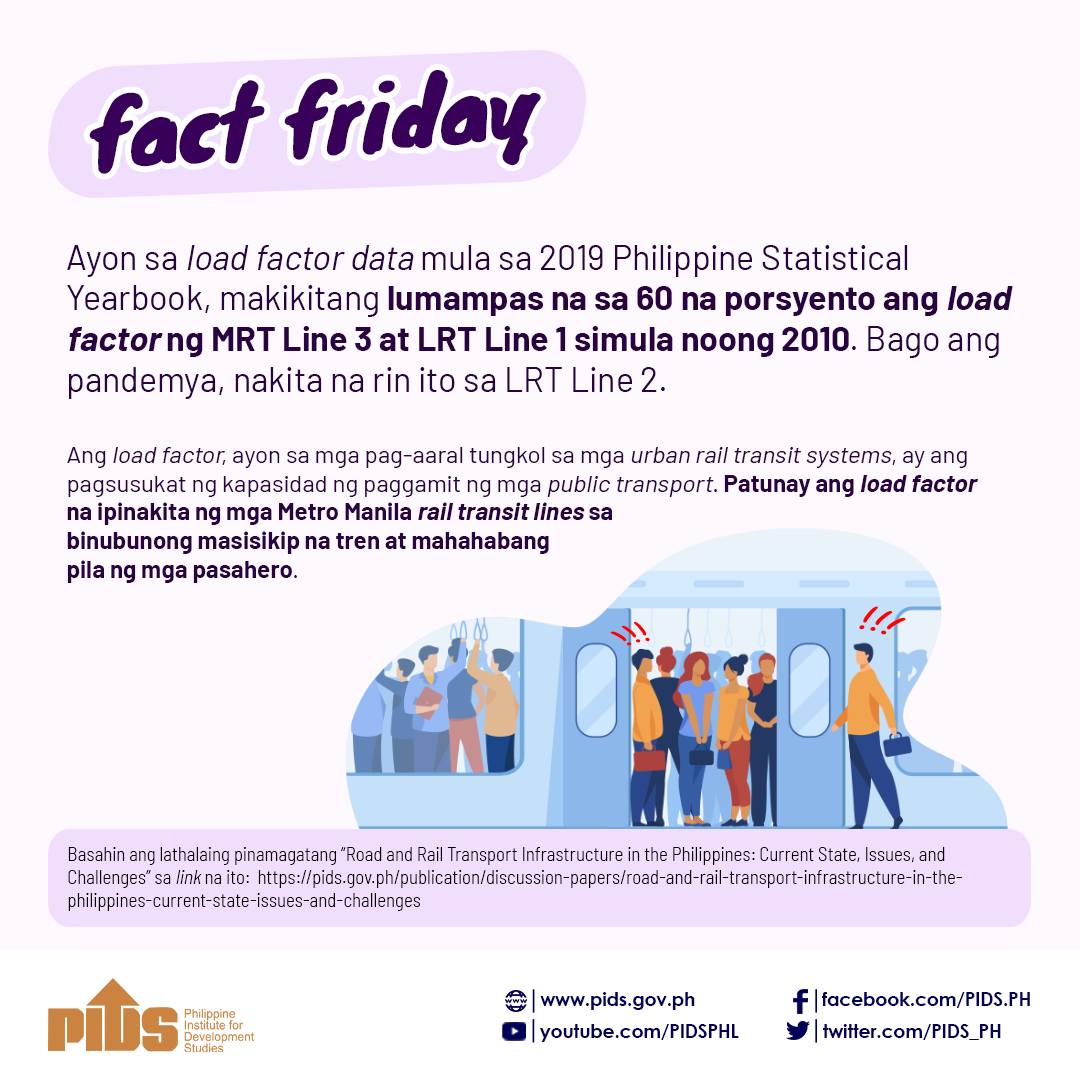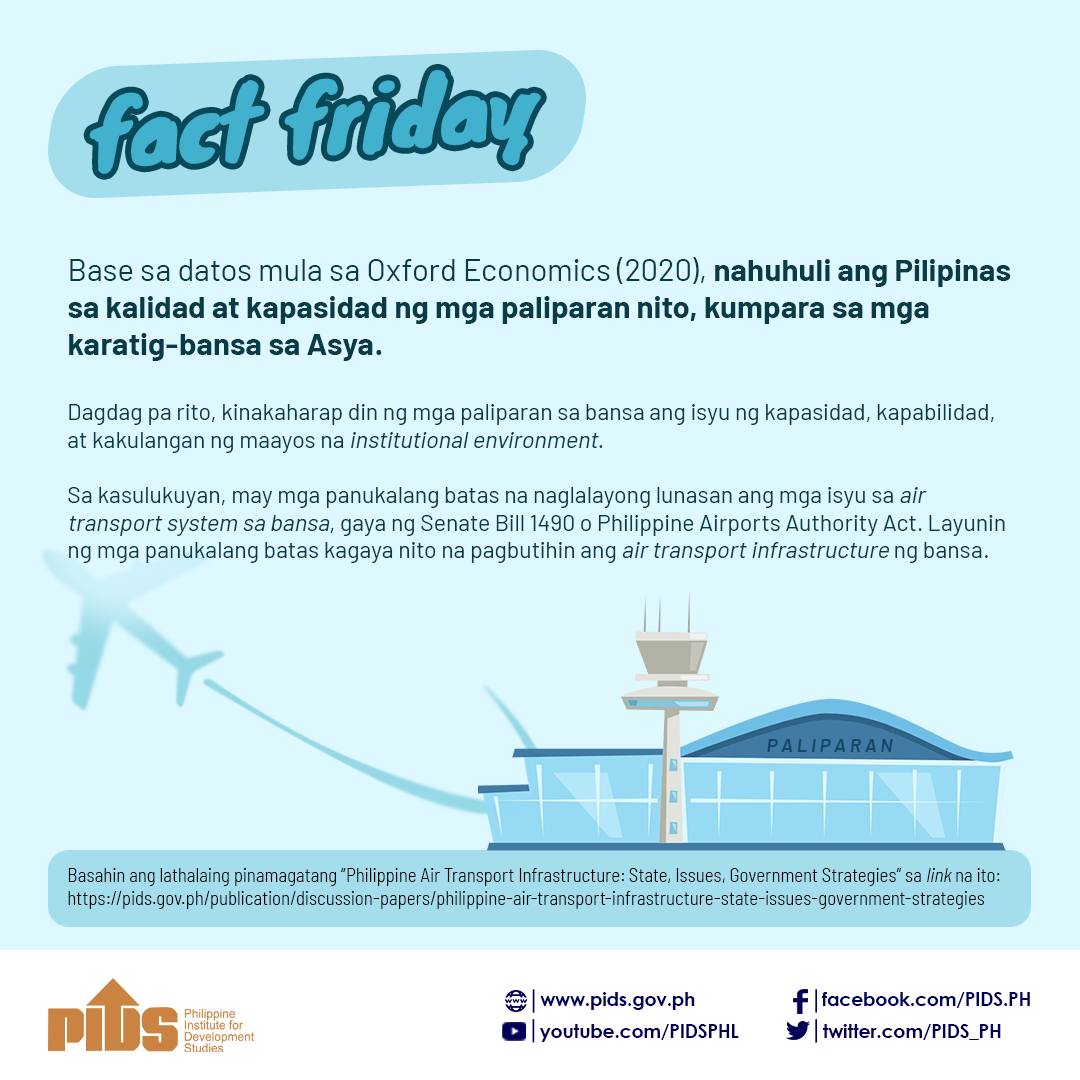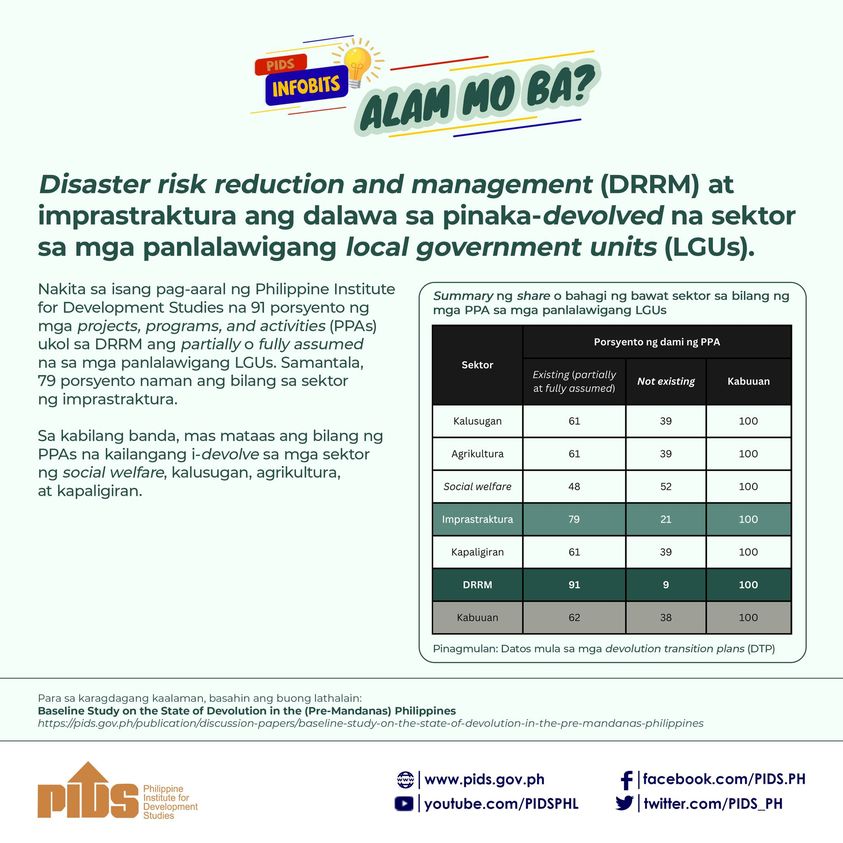Making a comprehensive comparison of subnational levels of infrastructure development in the Philippines is difficult due to the uneven availability of data on infrastructure indicators across geo-political areas. This study shows this is possible at the regional level by developing a demonstration composite subnational infrastructure development index. The study constructed a regional infrastructure development index by picking indicators based on representativeness in the infrastructure subsectors and the uniform availability of data across regions. It also presents one useful application of the index: analyzing the link between subnational infrastructure development and internal migration through a Poisson regression. It then uses the Balik Probinsya Bagong Pag-asa Program, a program engineering the return migration of low-income Filipino families from cities to provinces, to illustrate the usefulness of the regression results in conducting an evidence-based policy analysis. The relationships established through econometric regression and the trends in inter-regional migration show that migration is a phenomenon. Filipino migrants vote with their feet based on demographic and economic factors, including the level of infrastructure development in their origin and destination. Engineering the return to destinations that Filipino migrants left in the first place does not guarantee that they will stay there, given the determinant demographic and economic factors. The resources spent on such engineering can be used instead for programs that minimize spatial development inequities, such as by improving infrastructure to attract investments and jobs.
Comments to this paper are welcome within 60 days from the date of posting. Email publications@pids.gov.ph.

